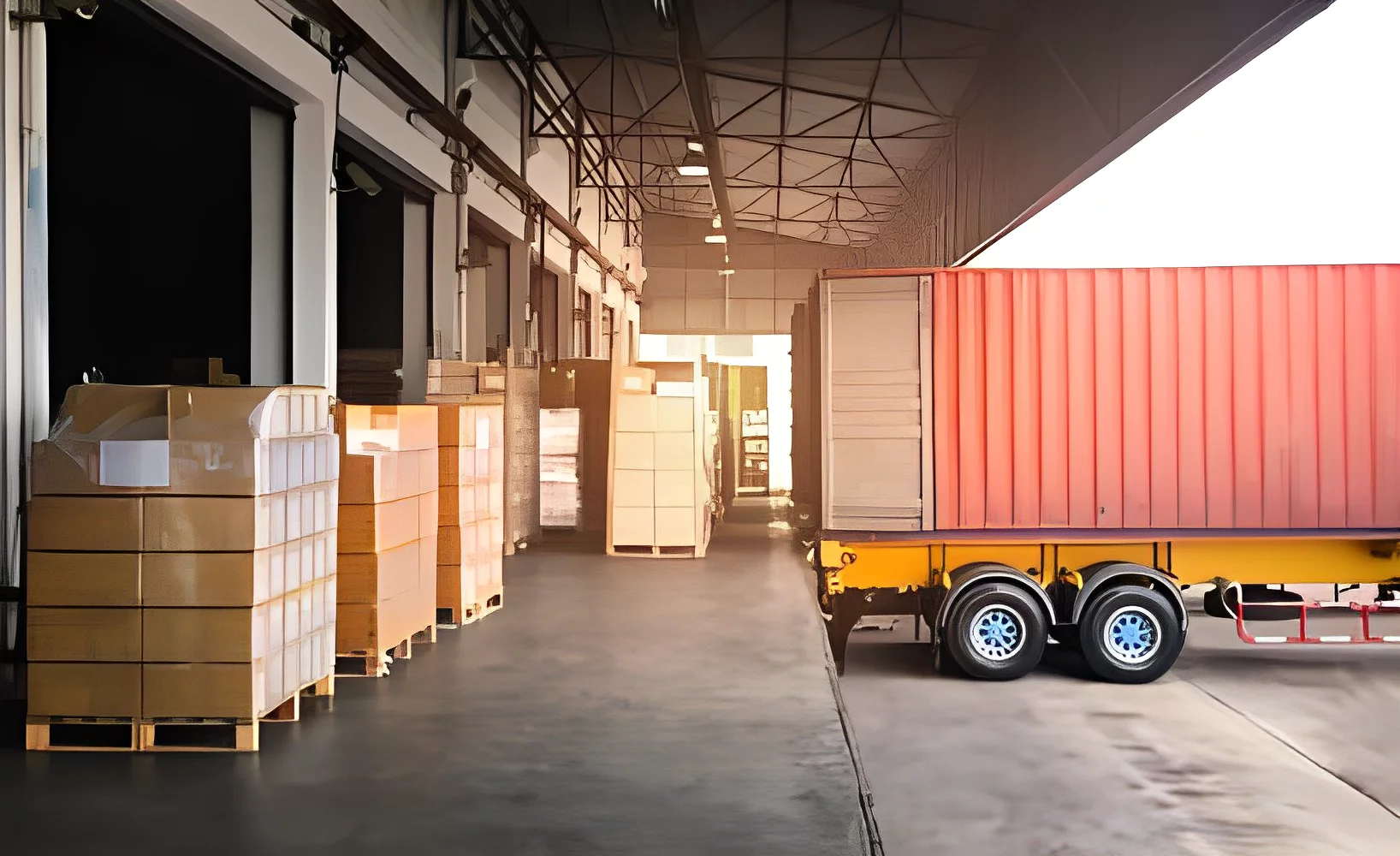Non-floating charges in maritime transportThe cost of transporting goods by road, rail and air is often higher. All because of the extra space that the cargo takes up, which cannot be utilised otherwise. Some goods are so fragile that stacking consecutive loads can damage the goods. This is the case with machinery or equipment that, due to its nature, is not easy to pack safely and is additionally very vulnerable to damage.Sometimes, however, there are situations where lightweight goods can be placed on top of the load, which will not damage the load.
Non-stacked cargo in maritime transport
In the case of sea transport, it is possible to lay light goods on top, for example, in some cargoes. Container loading in the case of LCL transport is often organised at consolidation warehouses where goods from multiple shippers are loaded. In this case, the loading company can select lightweight goods that will not damage our cargo. However, the possibility of stacking largely depends on the company we work with. Some companies are flexible enough to agree to this solution, while others do not, and we will have to pay extra for the empty space that our goods will occupy.
Unstacked cargo in rail transport
In the case of transport rail the situation is similar as in maritime transport.
The goods go to a consolidation warehouse where they are further loaded into a container. In this case, it is also possible to make arrangements with the company we are working with to place, for example, lightweight cardboard boxes on top of our unstacked cargo. As in the case of sea transport, everything depends on the company with which we cooperate.
Unfreighted cargo in air transport
In the case of transport aviation the case is already quite different. The loading of cargo in the case of air transport is quite independent and agreement on loading preferences will be impossible in most cases. Therefore, in air transport, it will always be necessary to send the cargo as non-stackable and incur costs for the extra space.






